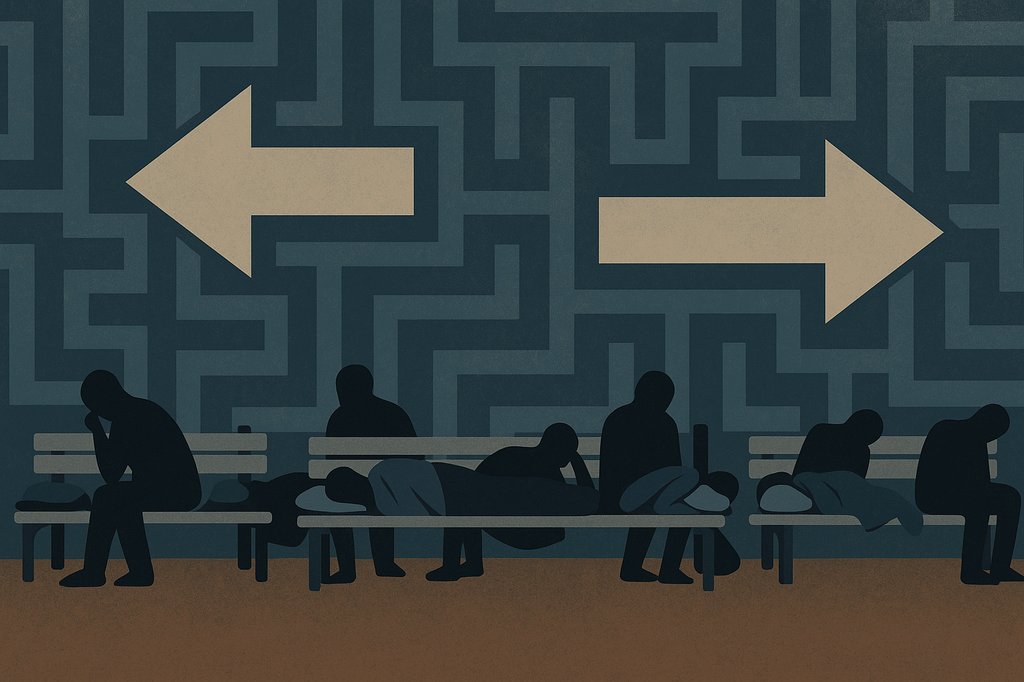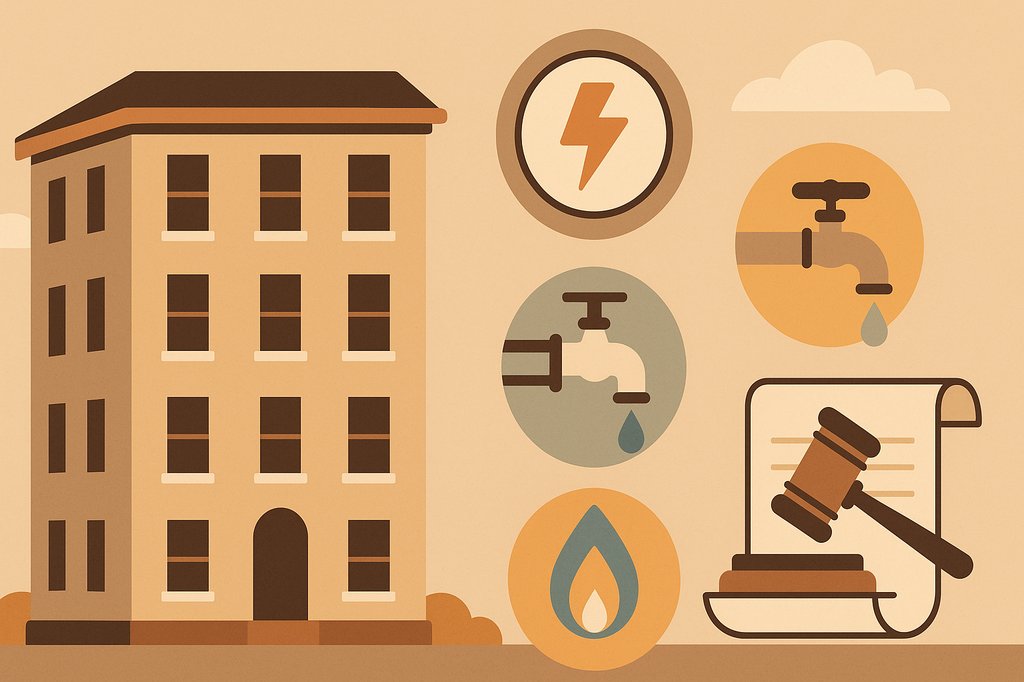Increasing Revenue on an Affordable Property
 Revenue growth and opportunity is a performance indicator for every property under the Property Management umbrella.
Revenue growth and opportunity is a performance indicator for every property under the Property Management umbrella.
Many affordable properties are restricted from increasing rents or limited by agency restrictions to increases that are deemed necessary by expenses. There are still several opportunities to increase revenue.
Occupancy and rent collection are two areas of focus.
Is the property 100% occupied and 100% collected? Not just on the date the reports are reviewed, but the average monthly occupancy. As properties become more the stable the average occupancy increases. Increased occupancy supports increased opportunities for rent collection.
Average occupancy is a reflection of the number of days each apartment home is occupied, the mirror side of a days vacant assessment. While many properties have a wait list, there is often a window of vacancy during the turnover and assignment of the new lease. Every day the apartment is vacant represents lost revenue. Completing a turn in 5 days instead of ten, increases the opportunity to get the new lease signed and initiating a new commitment for rent assessment. Likewise, insuring the next move in is financially prepared to sign a lease and take possession of the apartment as soon as the turnover process is completed, will also reduce vacancy loss. An apartment that is “preleased” but sitting vacant for the next move in, for a week, two or even three is not generating income.
In conjunction with occupancy is rent collection. A property with 100% occupancy and 100% rent collection is the true jewel of any management portfolio. The economic rent for a property is calculated by the rent collected in relationship to the gross rent potential. In essence a property with 93% occupancy and 7% unpaid rent could be viewed as 86% economic occupancy. Rent discounts and concessions can also influence the economic occupancy but the use of these tools is usually limited with an affordable property.
Too often, the unpaid rent at month end is viewed as improved when evictions or other individuals with delinquent rent, turn in keys and move outs are recorded. Most unpaid rent review focus’ on current residents, allowing move outs to eliminate unpaid rent balances. These move outs are viewed as a victory. Described as Bad Debt by some organizations, move outs with unpaid rent balances represent unrecoverable lost revenue. Security deposits reduced to assist in lower move in costs seldom offset the accumulated unpaid rent balance. Unpaid rent balances assigned to a debt recovery agency will occasionally recover a portion of these charges, but the agency collecting the payment will retain a percentage of the amount collected as their fee.
Organizations will recognize, acknowledge and reward the efforts to reduce bad debt loss, but the true performance reward is the property that year over year records “zero” as their bad debt expense.
Occupancy, rent collection and reduction of bad debt can provide any property the opportunity to achieve growth in revenue without requiring a rent increase.
 |
Lori Hammond | Company Website | LinkedIn Connect |
Lori has 30+ years’ experience in the Property Management Industry, working with both market rate and affordable housing. Lori has been privileged to work with some tremendous industry leaders during employment tenures with Oxford Management, NHP Management, AIMCO, Alliance Residential, Boston Capital, The Sterling Group, P.K. Housing and currently Management Resources Development.
|







